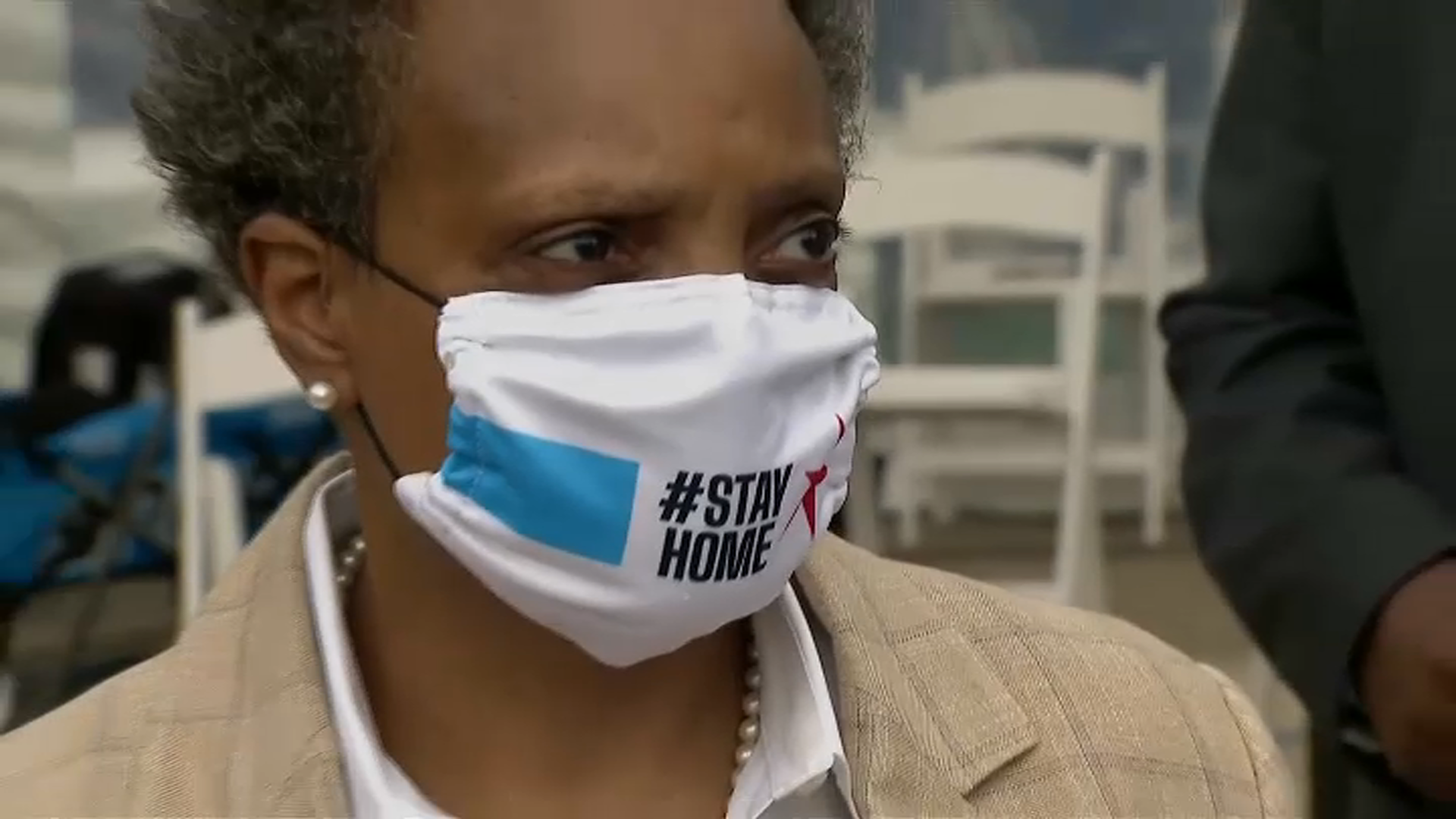All four of Illinois' health regions are trending in the right direction as the state inches closer to its next phase of reopening, data shows.
As of Tuesday, 11 days remained in the statewide stay-at-home order, but regions can begin entering phase three of reopening in as early as 10 days - if they meet the required metrics.
Illinois' four reopening regions — Northeast, North Central, Central and Southern — are based on the state's 11 hospital regions, which Gov. Pritzker said have been "on the books for decades."
"Some states have chosen not to listen to the advice of medical experts," Gov. J.B. Pritzker said during his daily briefing Tuesday. "There are even politicians in Illinois who ignore science and instead are playing to the crowd that protests at our state capitol. Most of the states with the largest economies have chosen to listen to the science and analyze the data and act according to what will restart
jobs and businesses safely. I can say with confidence that here in Illinois, we’ve committed to operating with a focus on public health and transparent, measurable benchmarks to move to each new phase."
In order to enter phase three, a region "will be required to have a positivity rate of 20% or less and an increase of no more than 10% over a 14-day period." The positivity rate is determined by using a 7-day rolling average to smooth volatility in the daily metrics, according to IDPH.
The Northeast region, which includes Cook County and collar counties, reported a positivity rate at 17.5% Tuesday — just under the threshold of 20% and a drop of 5.1% in the last two weeks.
At the same time last week, the region was not hitting the numbers required to enter phase three of the state's five-phased reopening plan.
The other remaining regions in the state sat well-below the positivity rate threshold, with the North-Central region at 7%, the Central region at 3.8% and the Southern region at 6.1%.
While positivity rate is no doubt a major factor, it's not the only requirement to move the reopening process forward.
Additionally, a region must see stability or a decrease in hospital admissions for COVID-like illness across a 28-day period. All four regions have seen a dip in hospitalizations since May 1, according to state officials.
In contrast to Illinois' requirements, the plan announced by the White House includes 14 days of downward movement.
"If you look across the board in the state, we are roughly speaking, only stable, not moving downward," Gov. Pritzker said Thursday. "So it's highly likely that we will move into phase three in a shorter period of time under the metrics that I put forward."
All four regions are also required to have the available surge capacity of at least 14% ICU beds, medical/surgical beds and ventilators. As of Tuesday, that requirement was also being met by all four health care regions.
The Northeast region remained on the edge of the metrics, however, with 17.6% of medical-surgical beds available and 19.4% of ICU beds not in use. The area remained strong with ventilator availability, however, reporting 62.3% on hand.
Other regions reported medical/surgical bed availability in excess of 40% and ICU capacity above at least 30%, nearly double the necessary metrics.
"I want to say that I know there are some of our fellow Illinoisans who feel that their lives didn’t change much between Phase 1 and Phase 2, and we’re all itching to move ahead. So why can’t we just do it now?" Pritzker said Tuesday. "There’s no doubt, this is hard. But public health means that each of us is working to protect all of us. It’s about our collective impact on each other. And because many Illinoisans are engaged with the re-openings that have occurred in Phase 2, it’s critical that we observe the full 28-day measurement period before moving forward to Phase 3. The good news is that we’re just ten days from that point, and as of now, all four regions of Illinois are on track to move into Phase 3 before the end of May."
Under phase three, manufacturing, offices, retail, barbershops and salons will be able to reopen to the public with capacity and other limits as well as safety precautions. Gatherings must be limited to 10 people or fewer and face coverings will also be necessary.
The following criteria must also be met for phase three to begin:
• Testing Capacity:
o Test at least 5% of Chicago residents per month
• Testing Percent Positivity Rates (over 14 days, as a rolling average):
o Congregate: <30% positive tests
o Community: <15% positive tests
• Syndromic Surveillance (over 14 days, as a rolling average):
o Declining emergency department visits for influenza-like illness and/or COVID-like illness
• Case Investigation & Contact Tracing:
o Expanded system in place for congregate and community investigations and
contact tracing



